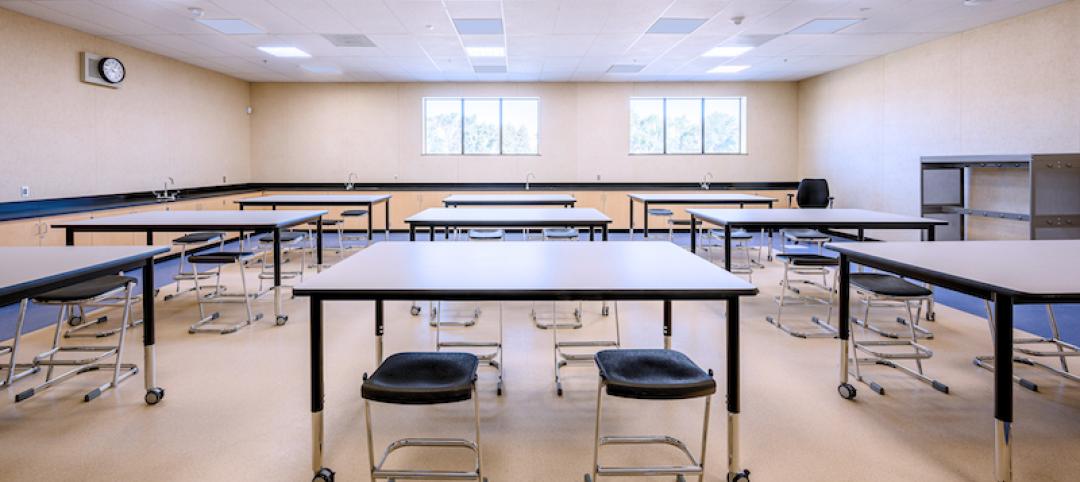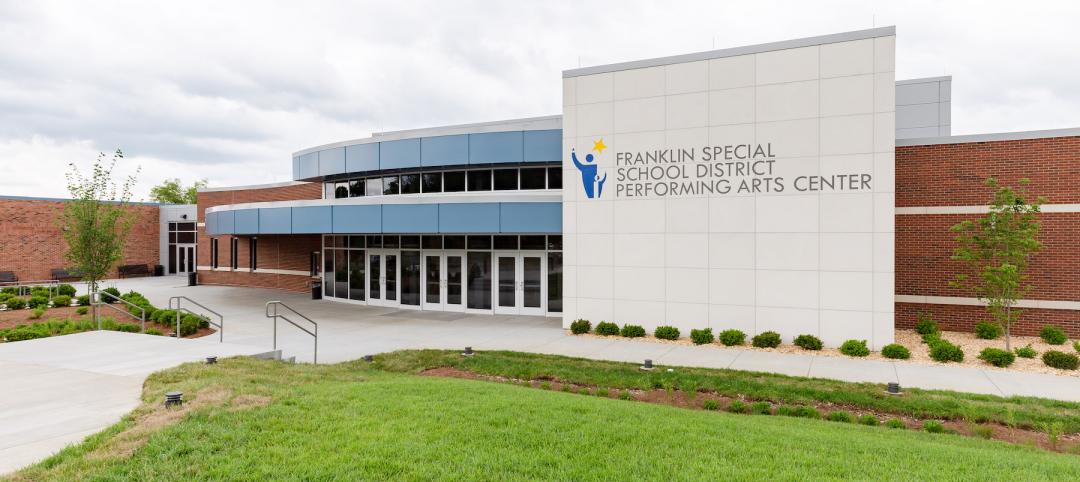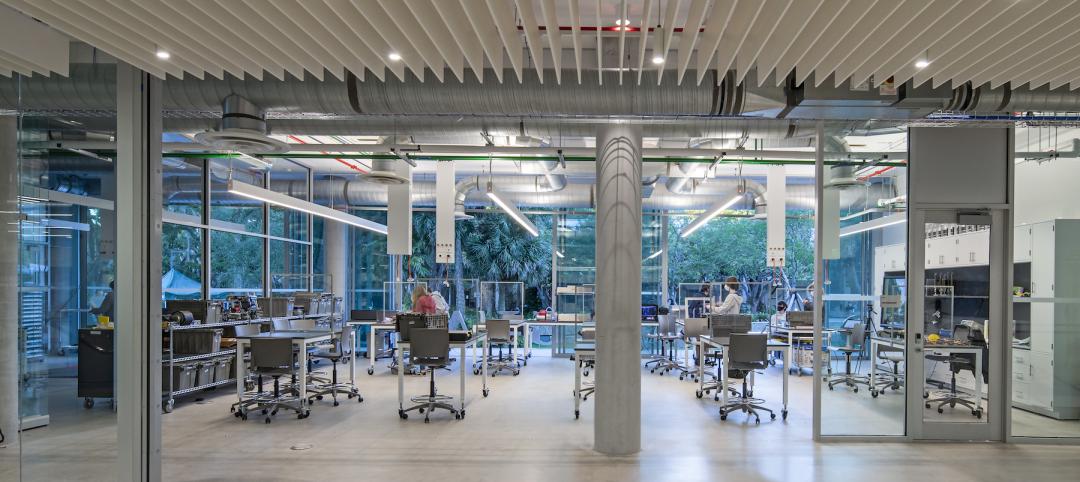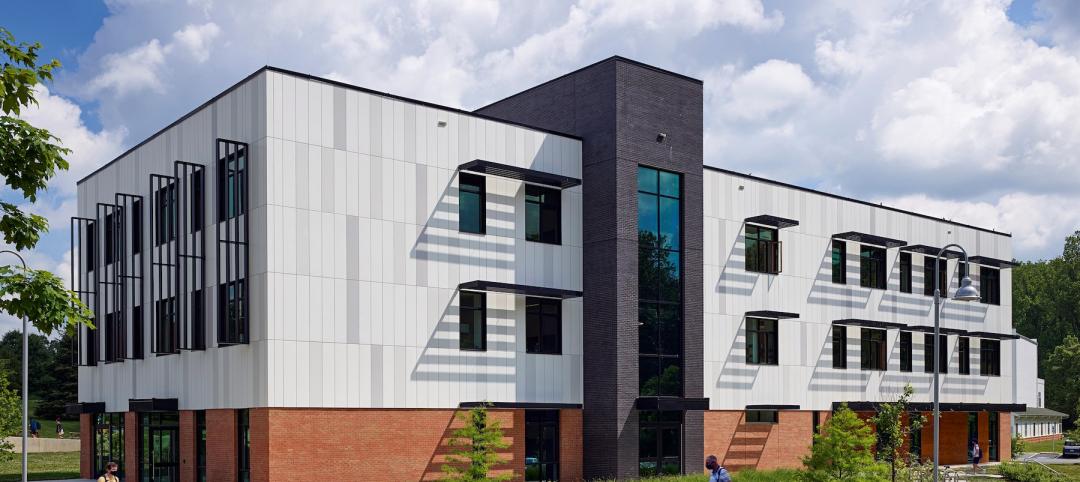Jim Wilson thinks that, in their haste to make their schools modern and efficient, some school districts are installing energy management systems that are overtaxing the ability of their maintenance staffs.
Wilson owns JFW Inc., a 25-year-old project management company in Gaithersburg, Md. Most of the K-12 work he does is with private schools like Sidwell Friends, the Quaker school that President Obama’s daughters attend. Wilson says that Sidwell’s middle school has 3,000 contact points that have to be monitored, which puts a significant burden on the facility’s maintenance staff.
He says energy codes keep raising the complexity level of what’s being installed. Maintenance crews are having trouble keeping up with EMS technology that has jumped by leaps and bounds over the past 10 years. “We didn’t have all of these [air exchange] requirements that we do now,” he says.
Wilson recounts one school’s head of maintenance who was so flummoxed by the facility’s systems that he operated the building as if it were occupied 24/7 so he didn’t have to deal with the controls. “I got a call from the school asking why its electric bills were running sky high,” says Wilson.
Jim Deluge, a Project Executive with Turner Construction, believes that maintenance staffs have a responsibility to “catch up” to the sophistication level of these new EMS systems. On the flip side, HMC Architects’ Sandy Kate thinks problems could be reduced if maintenance staff were included in early planning meetings before construction begins.
School district officials who recognize this potential problem but still want state-of-the-art operating systems will sometimes outsource the monitoring. DRL Group’s Jim French says his firm’s engineers have the ability to remotely monitor a client’s systems and let that school know almost immediately if anything’s askew.
“You have to be careful not to get too exotic,” says Fanning Howey’s Chuck Tyler. The design firm recently worked with a school district in Belleville, Mich., that demanded the systems for a 320,000-sf high school be simple enough for the district’s current maintenance personnel to manage.
Wilson contends that some schools simply don’t need the high-octane systems they specify. One project he worked on called for a $180,000 EMS. What ultimately got installed, he says, was a $40,000 system “that can do pretty much what’s needed in the building” and matches the skill set of the maintenance team.
When school districts demand the latest and greatest, they need to think about how those choices will impact the district’s facilities employees. On one recent project in Connecticut, Wilson had the contractor conduct six months of training sessions for the maintenance staff. “You can’t learn this stuff in two days of classes.”
Related Stories
Daylighting | Jul 15, 2022
Tubular system provides daylight for modular school with small windows
Tubular system provides daylight for modular school with small windows.
K-12 Schools | Jun 4, 2022
A school district in Tennessee holds ceremonies for two new student facilities
A new gym and performance art center were designed and built by the same firms.
Codes and Standards | Jun 2, 2022
Guide helps schools find funding for buildings from federal, state government
New Buildings Institute (NBI) recently released a guide to help schools identify funding programs for facilities improvements available from federal and state government programs.
Coronavirus | May 20, 2022
Center for Green Schools says U.S. schools need more support to fight COVID-19
The Center for Green Schools at the U.S. Green Building Council released a new report detailing how school districts around the country have managed air quality within their buildings during the second year of the COVID-19 pandemic.
K-12 Schools | May 16, 2022
Private faculty offices are becoming a thing of the past at all levels of education
Perkins & Will’s recent design projects are using the area to encourage collaboration.
K-12 Schools | May 16, 2022
A Quaker high school in Maryland is the first in the U.S. to get WELL Gold certification
Designed by Stantec, a Quaker high school is the first in the US to receive WELL Gold certification, which recognizes a commitment to occupants’ health and well-being.
Sponsored | BD+C University Course | May 10, 2022
Designing smarter places of learning
This course explains the how structural steel building systems are suited to construction of education facilities.
Sponsored | BD+C University Course | May 3, 2022
For glass openings, how big is too big?
Advances in glazing materials and glass building systems offer a seemingly unlimited horizon for not only glass performance, but also for the size and extent of these light, transparent forms. Both for enclosures and for indoor environments, novel products and assemblies allow for more glass and less opaque structure—often in places that previously limited their use.
Education Facilities | Apr 28, 2022
ProConnect Education (K-12 to University) comes to Scottsdale, AZ, Dec 4-6
ProConnect Education 2022 will attract building product specifiers and manufacturers to the Andaz Resort in Scottsdale, Ariz., in December.
Market Data | Apr 14, 2022
FMI 2022 construction spending forecast: 7% growth despite economic turmoil
Growth will be offset by inflation, supply chain snarls, a shortage of workers, project delays, and economic turmoil caused by international events such as the Russia-Ukraine war.

















